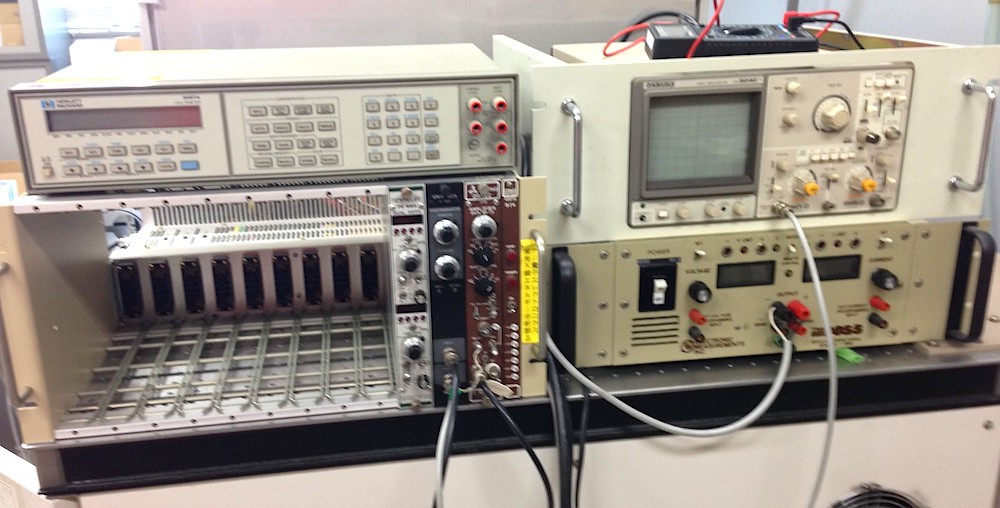
A few things came up in the last two weeks which may be of interest.
Firstly, I will be in Madrid for a magnesium alloys conference next week Tuesday to Friday. If anyone wants to meet up there, please let me know through e-mail (check the “about” page), message below or send me a direct message on Twitter (@drheaddamage).
Then there was a paper which made me quite happy…This paper by Brûlet discusses in detail how to correct for samples sandwiched between two sample-holder walls. It contains a detailed description of the sample direction-dependent absorption (derived separately in a previous post here, and further discussed here for capillaries and spherical samples here). It furthermore indicates that you have to be careful with such sandwiched samples, as the sample receives an attenuated radiation flux from the first wall. Secondly, the background scattering from the upstream wall is absorbed with direction-dependence by the sample and both walls, the sample-scattered radiation absorbed with direction dependence by the sample and the downstream wall, and the latter again scattering and exhibiting direction-dependent absorption from itself. As you can see, it is a very well put together experimental consideration. Definitely one to add to the reference list!
Lastly I wanted to give a quick update on Bonse Hart instrument construction status. I have been handed a scintillation detector tube to use by one of my advisors. After scrounging through some storerooms in the building, I came across some useful stuff:

The owner was quick to point out that it was slightly aged (15 years) but that I was welcome to take it. I collected the following bits: a NIM bin with some NIM modules (bottom left, the modules are a Tennelec high voltage power supply, Ortec amplifier and NAIG single channel analyser), an oscilloscope (top right), a fancy multimeter (top left) and a power supply (bottom right). The beefy power supply is overkill for powering the small detector preamplifier, but it was what I could find. The NIM stuff, for those not familiar with it, is a modular system for analog signal processing developed in the 1960’s. It can house a wide variety of modules, each geared towards a specific task. I am still missing two modules: a pulse counter and a ratemeter (which come at about 5 kEuro each), but I figure I may abuse an Arduino Uno to do those tasks for me if I do not stumble across another stash somewhere. Still, I am very happy to have come across the most tricky bits. Soon I will get the chance to try it all out! See you then!

Leave a Reply